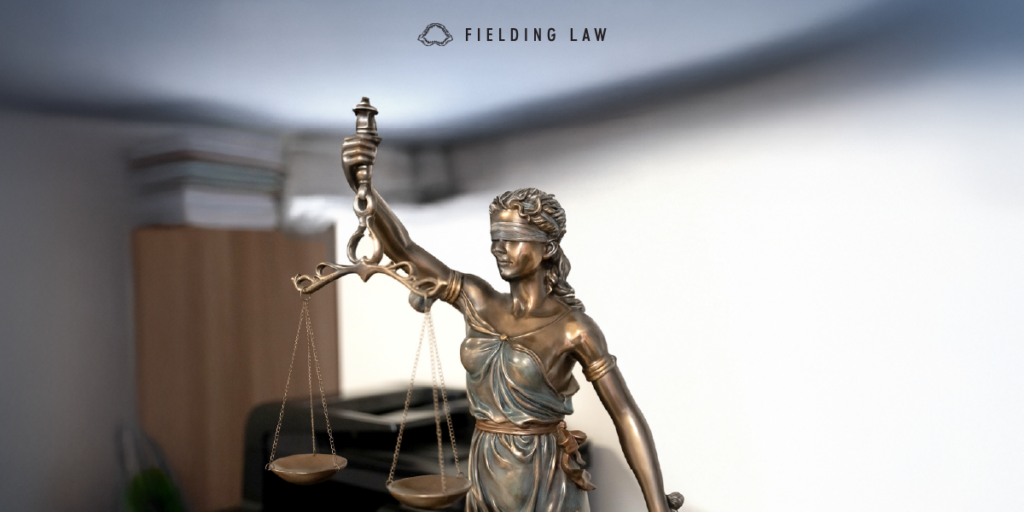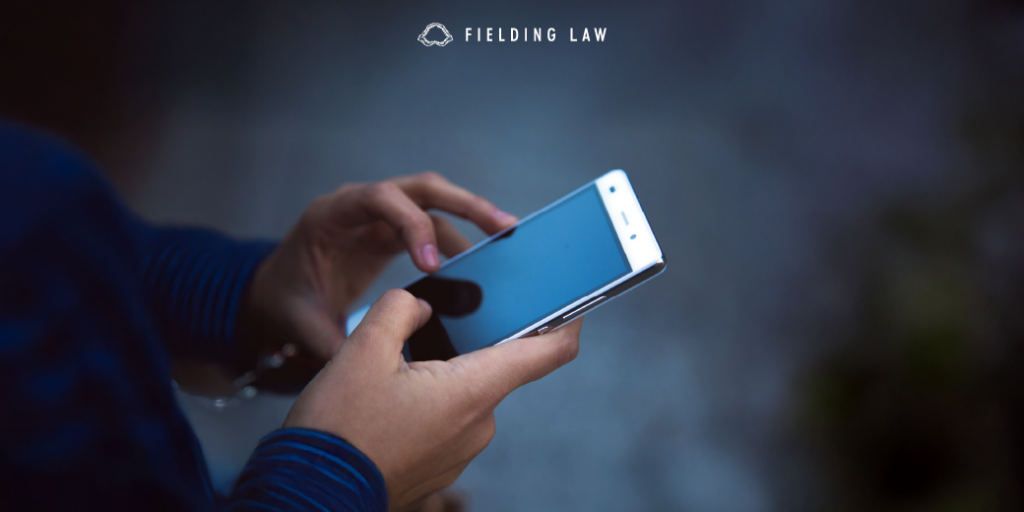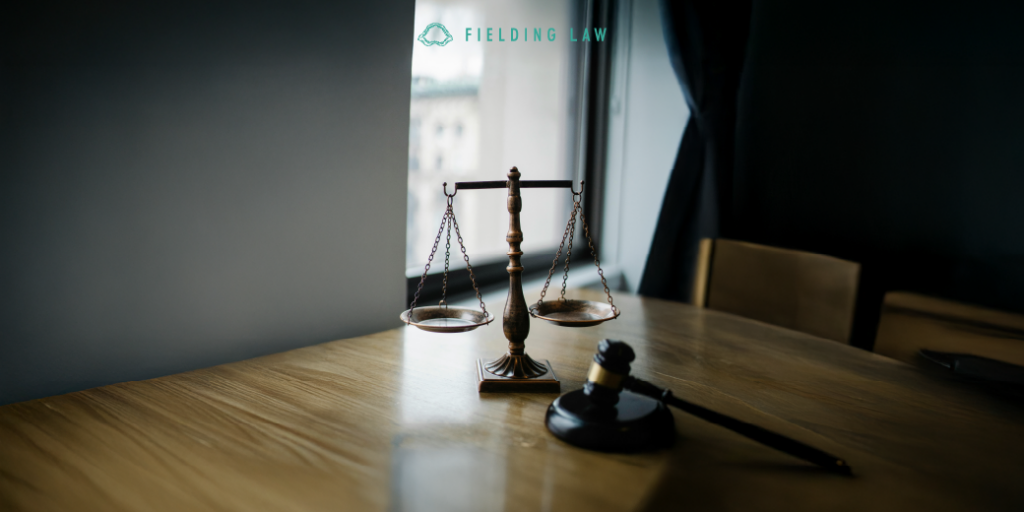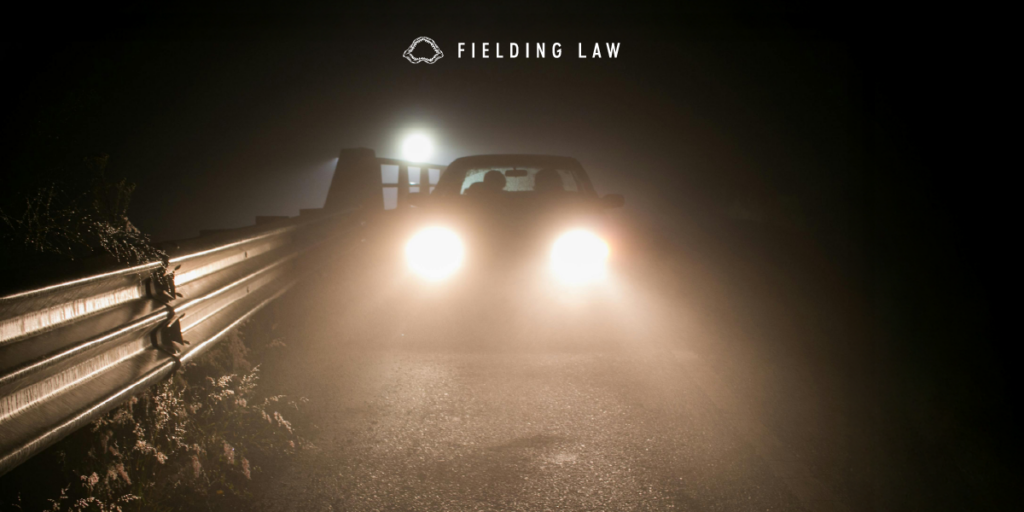
Are Headlights Getting Brighter?
Yes—they are. It is not your imagination. Modern vehicles, especially larger trucks and SUVs, are now equipped with brighter, bluer, and higher headlights than in the past. A recent KTLA article highlighted how road glare from these newer lights is becoming a growing safety concern for drivers across the country.
Older vehicles used halogen bulbs emitting about 1,000 lumens. But starting in the early 2000s, many manufacturers switched to LED headlights, which can emit 4,000 lumens or more. Aftermarket bulbs—often installed without proper regulation—can reach 10,000 lumens or higher.
The result? Drivers are facing intense glare, often directly at eye level, thanks to the combination of brighter lights and elevated vehicle designs.
What Makes These Lights So Dangerous?
According to experts like Jillian Young from AAA Northeast, the intense bluish-white hue of LEDs is more irritating to the human eye than traditional warmer halogen lights. This discomfort increases the chance of temporary blindness, slow reaction time, and even complete disorientation—especially on dark roads.
These lights are often angled higher, especially on large SUVs and lifted trucks, causing them to shine directly into the eyes of other drivers. Oncoming glare can cause:
-
Difficulty seeing lane lines or obstacles
-
Delayed reaction time
-
Temporary visual impairment or “flash blindness”
-
Increased risk of veering or swerving into other lanes
Can You Sue Someone for Blinding You with Headlights?
In both California and Arizona, it is difficult—but not impossible—to bring a claim based solely on being blinded by someone’s headlights. The core issue comes down to negligence.
To bring a successful lawsuit, you must prove:
-
The other driver acted unreasonably or unlawfully (such as installing illegal aftermarket lights or failing to dim high beams).
-
Their action caused a crash or injury.
-
You suffered actual harm or damages as a result.
For example, if a driver had illegally bright or modified headlights, and that glare caused you to crash or collide with another object, you may have a valid claim. You could potentially file against:
-
The other driver, if their headlights were modified or improperly used.
-
A third party, such as a body shop that installed unapproved lighting equipment.
-
Even vehicle manufacturers, if defective headlights contributed to a hazardous situation (in rare product liability cases).
However, glare-related crashes are often complex. You will need strong evidence, such as:
-
Eyewitness statements
-
Dash cam footage
-
Vehicle inspection records
-
Police reports noting lighting modifications or misuse
These claims can also become more viable if the other party was cited for violating headlight laws.
What Do California and Arizona Laws Say?
California and Arizona both have headlight laws, but enforcement is inconsistent.
In California:
-
Vehicle headlights must not project “a glaring light” to oncoming drivers.
-
Headlight height and brightness are regulated, but aftermarket LED kits can often slip through inspections.
-
Police may cite drivers for violations of Vehicle Code § 24409 (failure to dim high beams) or § 25950 (improper lighting).
In Arizona:
-
A.R.S. § 28-947 requires proper adjustment of headlights to prevent glare.
-
Brightness limits exist, but there is no widely enforced lumen cap.
-
Modifying factory lighting beyond its intended performance may be illegal.
Despite these laws, citations for overly bright headlights are rare, and few cases make it to court unless a crash occurs.
How to Protect Yourself
While the law slowly catches up to lighting technology, you can take steps to protect yourself:
-
Avoid looking directly at oncoming lights. Instead, focus slightly right of the road.
-
Use night mode or anti-glare coatings on mirrors or glasses.
-
Dim your rearview mirror when bright lights are behind you.
-
Install a dash cam in case you are injured and need evidence of excessive glare.
-
Have your eyes checked regularly. Nighttime sensitivity can worsen with age or uncorrected vision problems.
Why Hire Fielding Law
If you were involved in a crash and believe glare or illegal headlights played a role, we are here to help. At Fielding Law, we investigate every detail—down to the headlight specifications and the manufacturer’s compliance.
Our team understands how devastating glare-related collisions can be. We will work with accident reconstruction experts and lighting specialists if necessary to build a strong case.
Call 833.88.SHARK or contact Fielding Law today for a free consultation. We are here to fight for your rights and help you recover after a serious crash.
Note: Information provided is for educational purposes and does not constitute legal advice. Always consult with a qualified attorney for legal concerns.



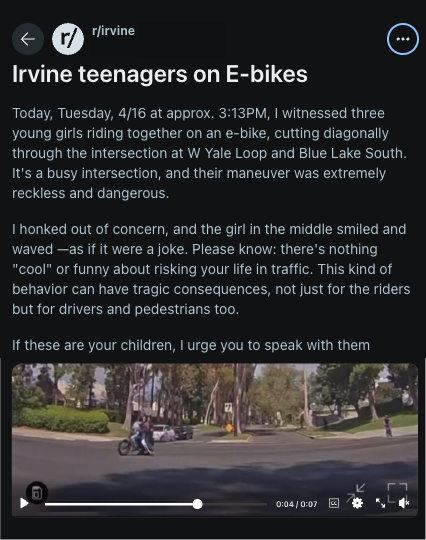 Reckless E-Bike and E-Scooter Behavior Raises Concerns
Reckless E-Bike and E-Scooter Behavior Raises Concerns
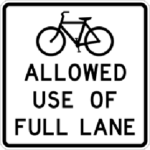
 2. Watch for Motorcyclists
2. Watch for Motorcyclists
 4. No Bikes on Sidewalk
4. No Bikes on Sidewalk
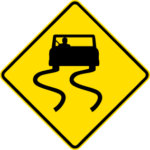 6. Slippery When Wet
6. Slippery When Wet
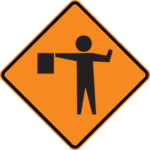 8. Construction Zone
8. Construction Zone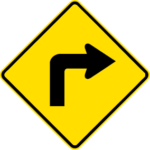 9. Sharp Turn Ahead
9. Sharp Turn Ahead 10. Animal Crossing
10. Animal Crossing


